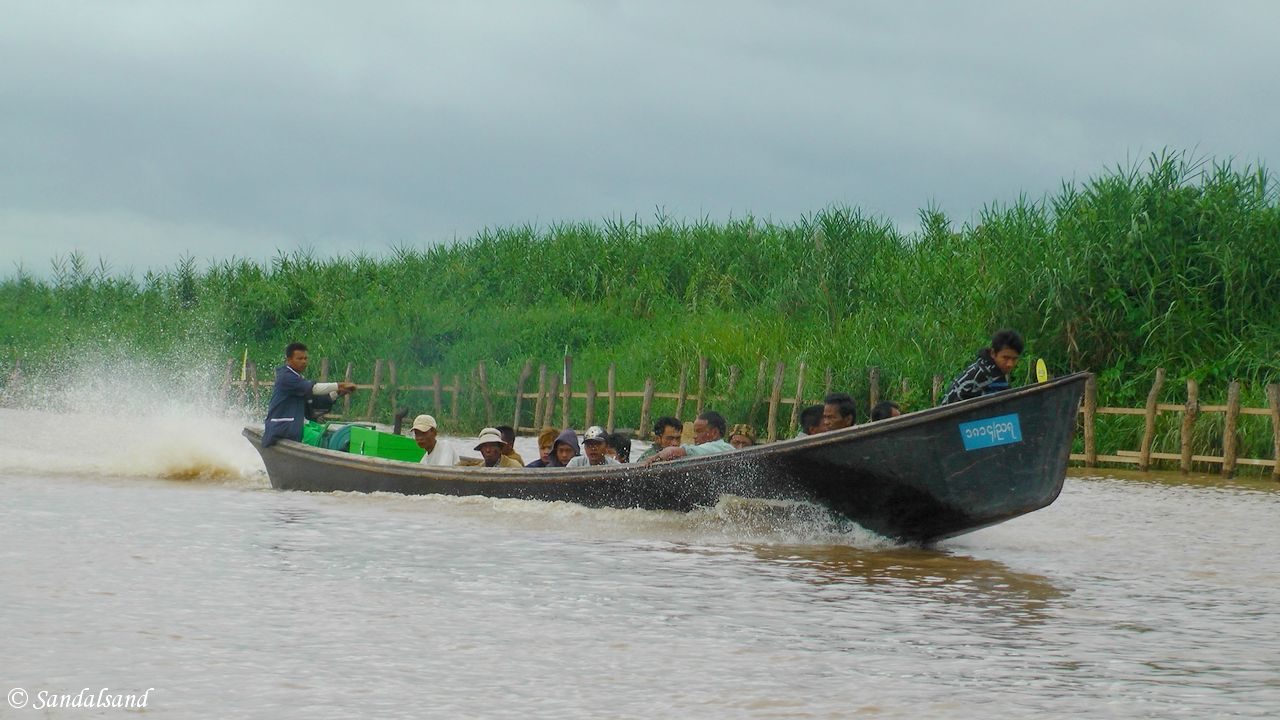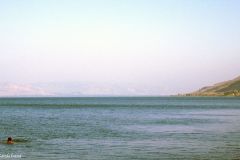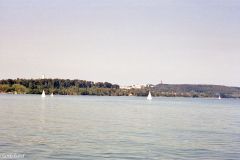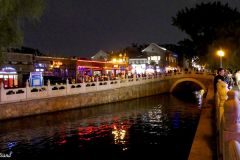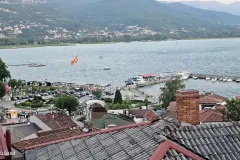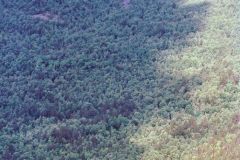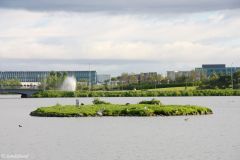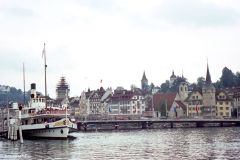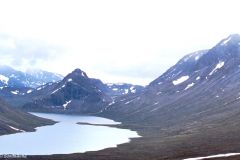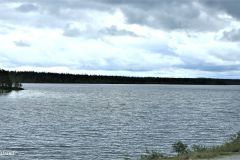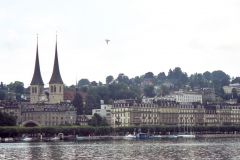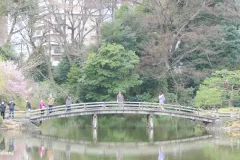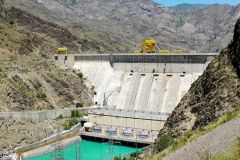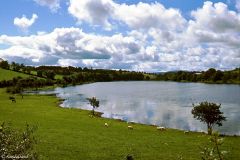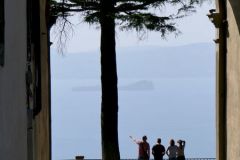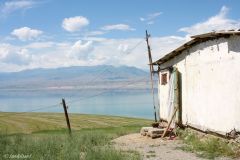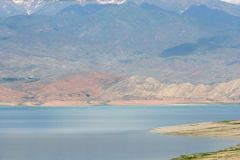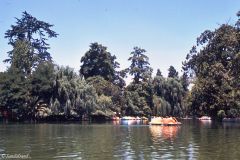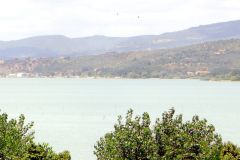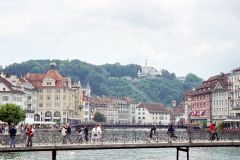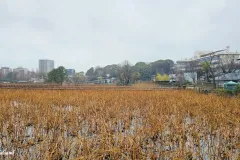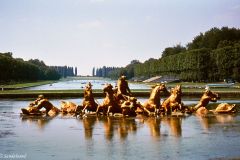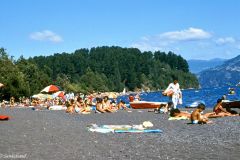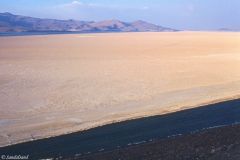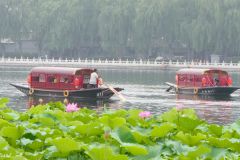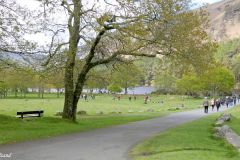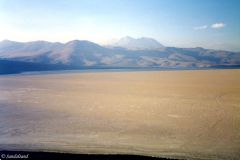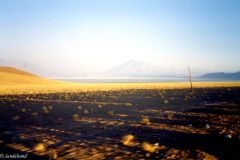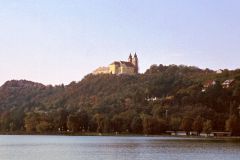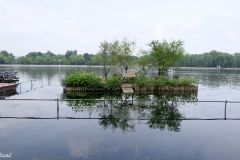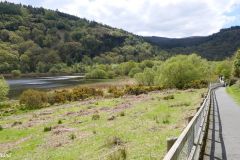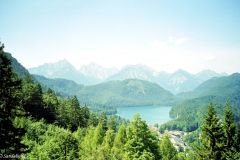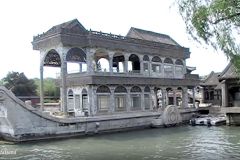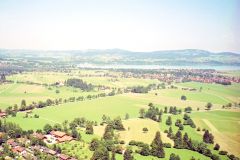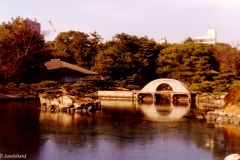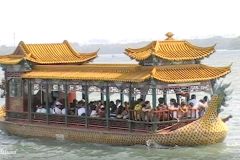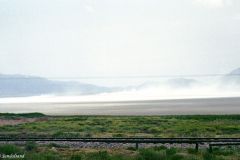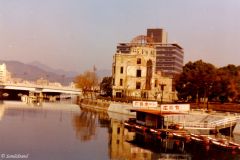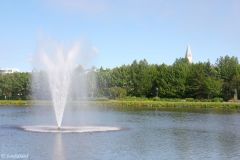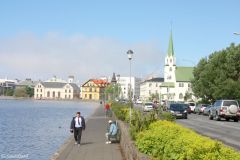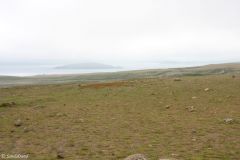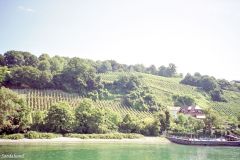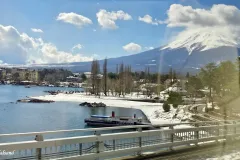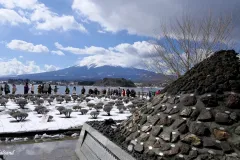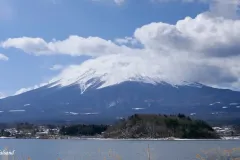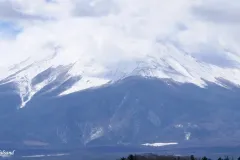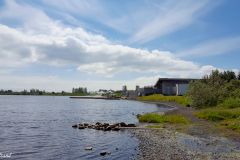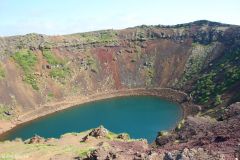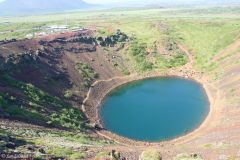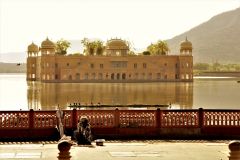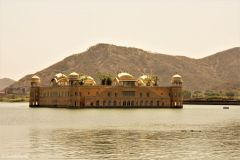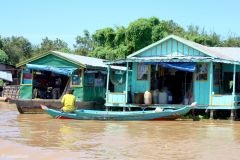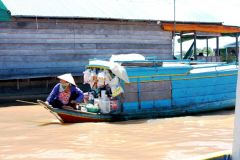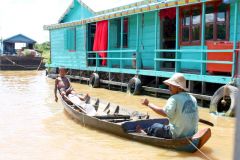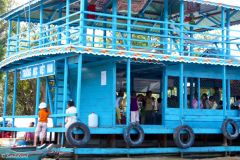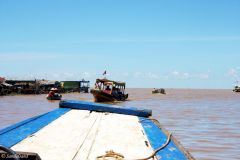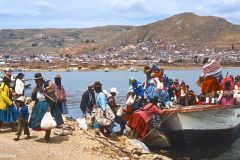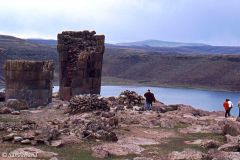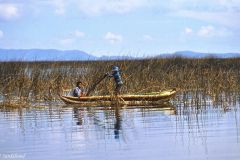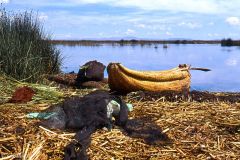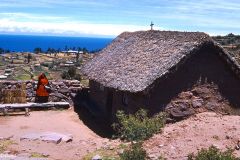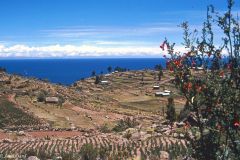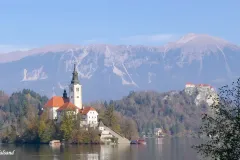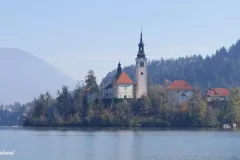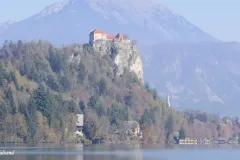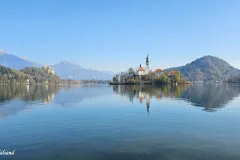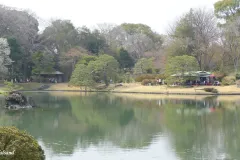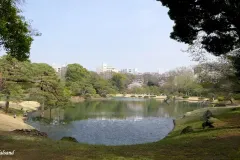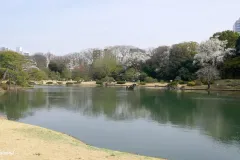Let’s have a look at 11 picturesque lakes. Lakes come in all sizes and some even contain salt water. This article illustrates and describes some extremes, and some pure beauties.
This post is part of a series portraying the classic Elements of Nature: Earth, Fire, Water, Air. Lakes are examples of the third element, Water.
I have been boating on these lakes
1. Lake Titicaca (Peru / Bolivia)
The largest lake in South America, and the highest navigable lake in the world (at least by commercial crafts), the Titicaca is divided between two countries – Peru and Bolivia. The size is 190×80 km and it is situated at 3,812 metres above sea level.
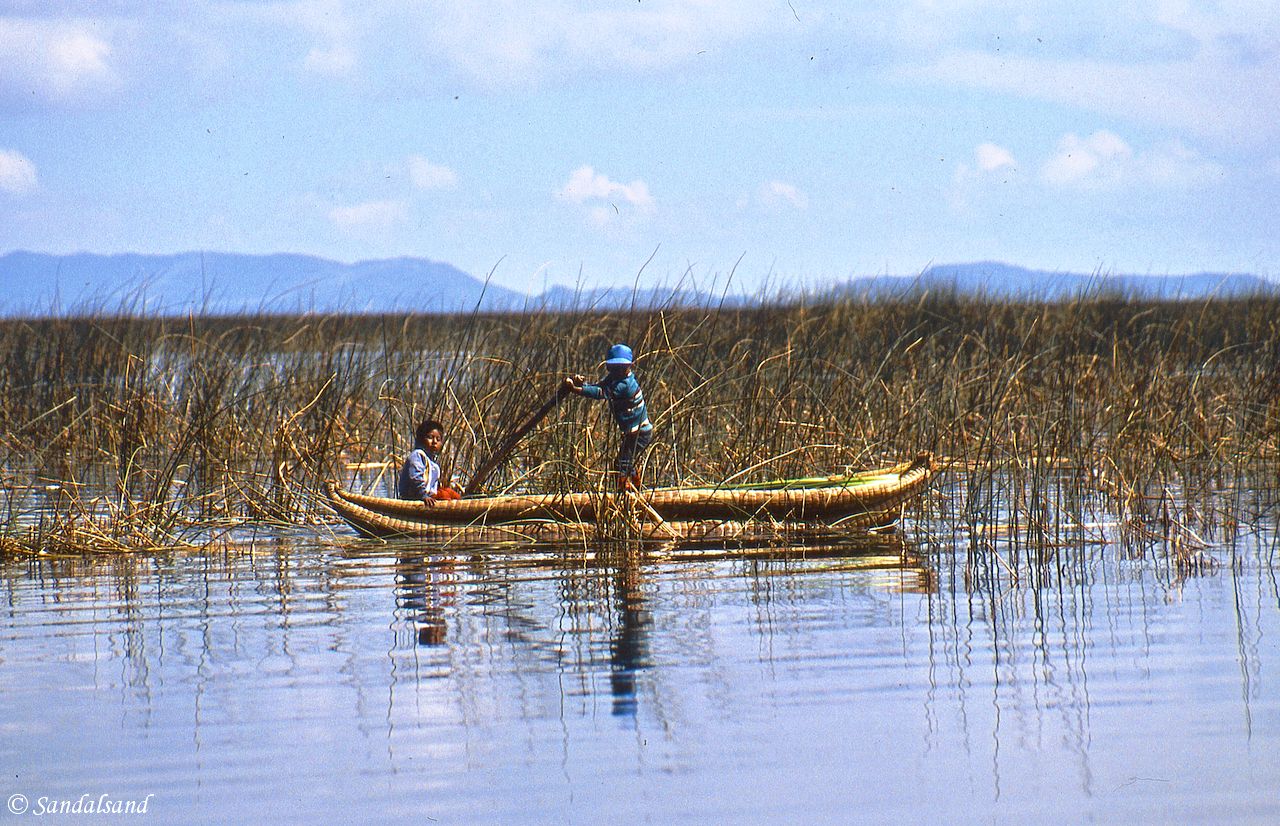
Children in a reed boat at Los Uros on Lake Titicaca
2. Balaton (Hungary)
This lake is the largest in Central Europe (77×14 km) but is primarily included in this list for its beauty. I found the northern shore to be particularly pleasant, not least the picturesque Tihany peninsula where this picture was taken.
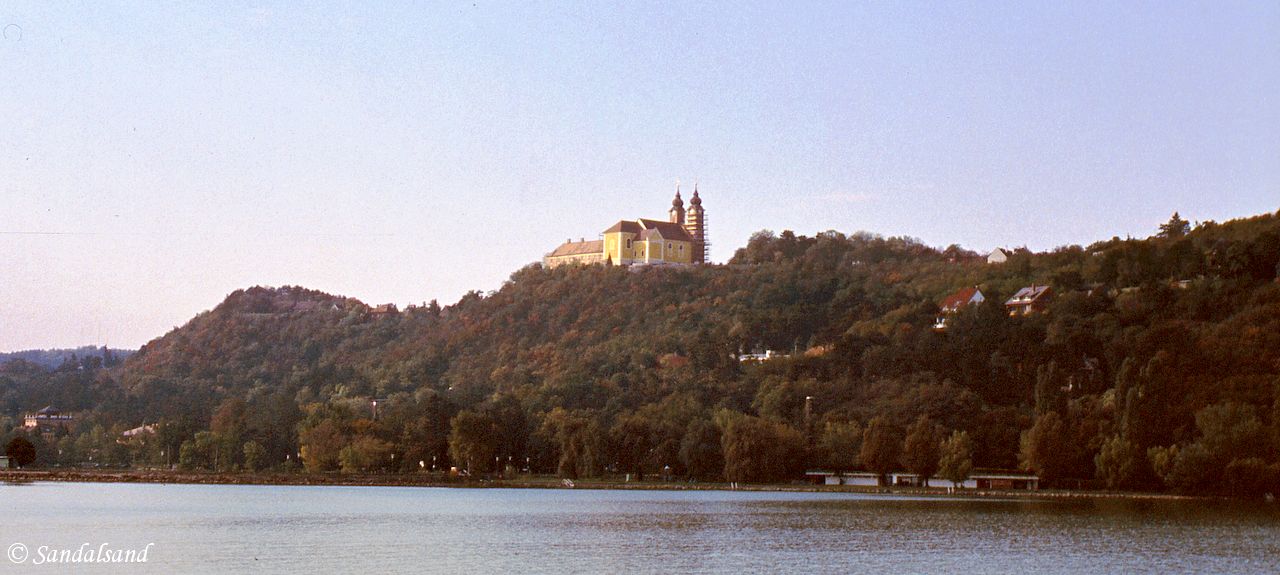
Balaton Lake – Tihany
3. Lake Constance (Austria, Germany and Switzerland)
There are more picturesque lakes in central Europe, and Bodensee (in German) is one of them. It is shared by Germany (in the north) and Switzerland (south) with Austria occupying the eastern shore. It has for centuries been a favourite destination in this part of the world. The Rhine flows right through it.
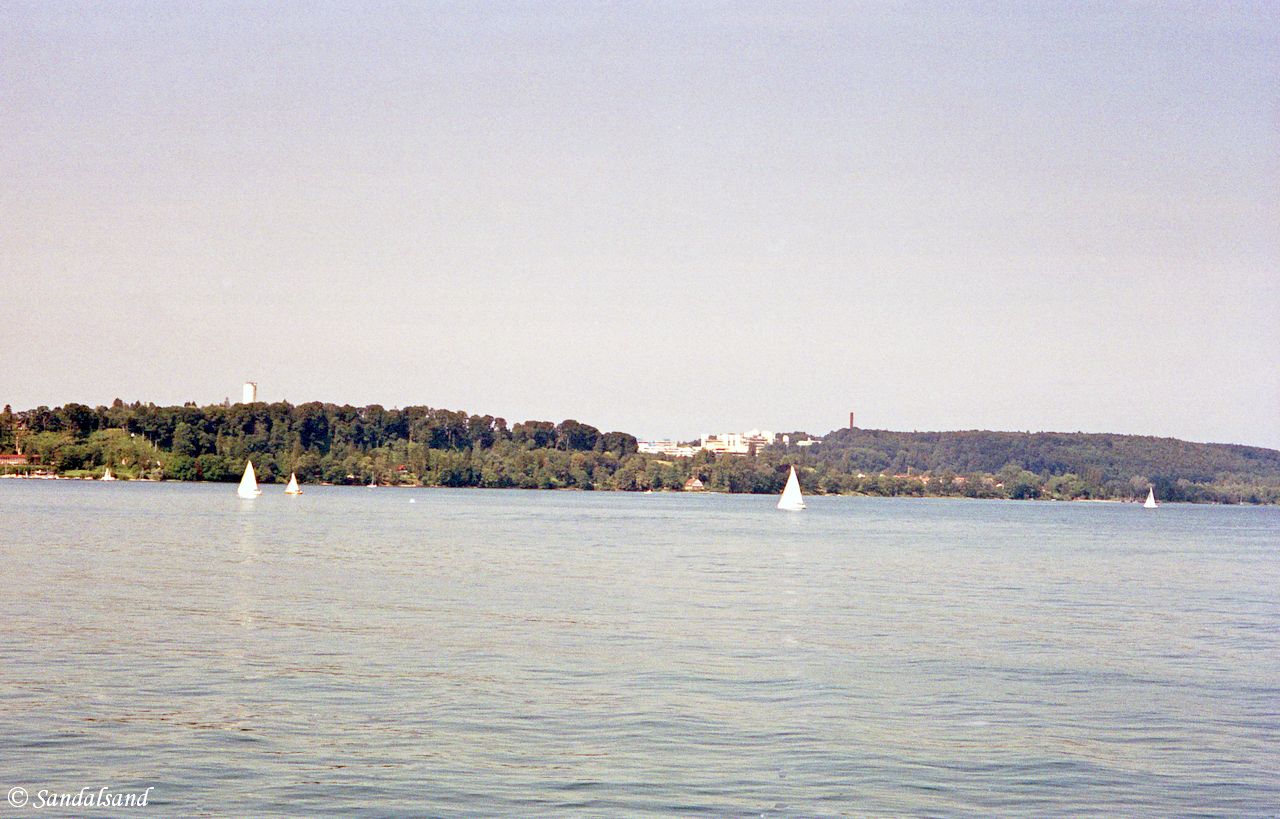
Bodensee (Lake Constance)
4. Tonle Sap Lake (Cambodia)
My interest when visiting the largest freshwater lake in Southeast Asia was not its natural characteristics. The floating village with a large number of Vietnamese (former) refugees was highly intriguing. However, this is a series concentrated on the “the elements of nature”. In that respect as well, the “Great Lake” is highly spectacular. You may not notice that it changes flow twice a year, but you will notice if you arrive at different times of the year that the amount of water, and the size of the lake, various considerably. When I was there, in the middle of the year, the size was six times that of the dry season. The lake is by the way connected to one of Asias most mighty rivers, the Mekong.
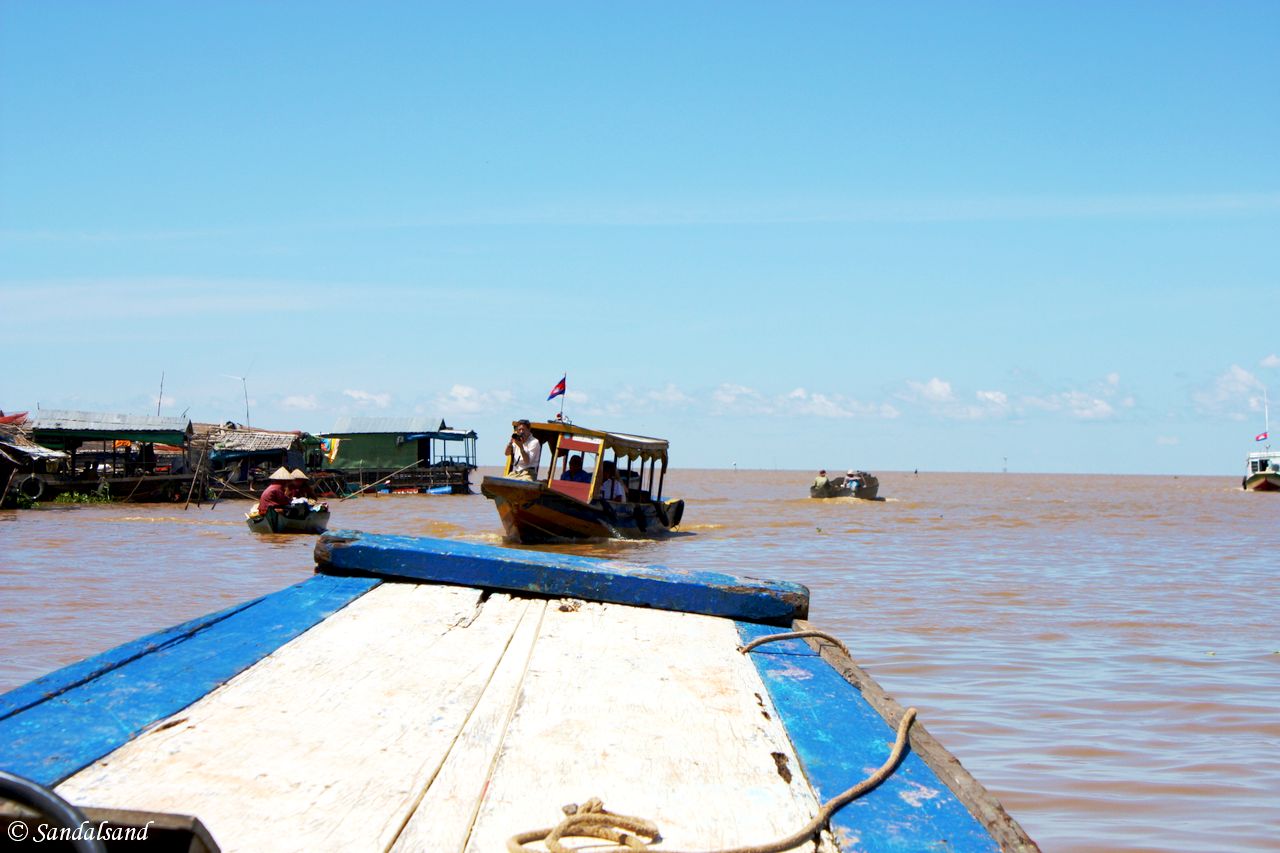
Chong Kneas Floating Village on the Tonle Sap Lake outside Siem Reap in Cambodia
5. Inle Lake (Myanmar)
Here is another Southeast Asian lake famous for its cultural aspects, or rather human life. It also has a unique biosphere: “Although the lake is not large, it contains a number of endemic species. Over twenty species of snails and nine species of fish are found nowhere else in the world (Wikipedia).
Leg rower on Inle Lake, Myanmar (Burma)
Swimming
I wouldn’t like to go swimming in the above lake, but I truly enjoyed swimming in the next three.
6. Sea of Galilee
Being the second largest lake in Israel may not be impressive, but this lake of many names is actually the second lowest lake in the world and the lowest freshwater lake. At 21×13 km and more than 200 metres below sea level the lake is fed by the Jordan River.
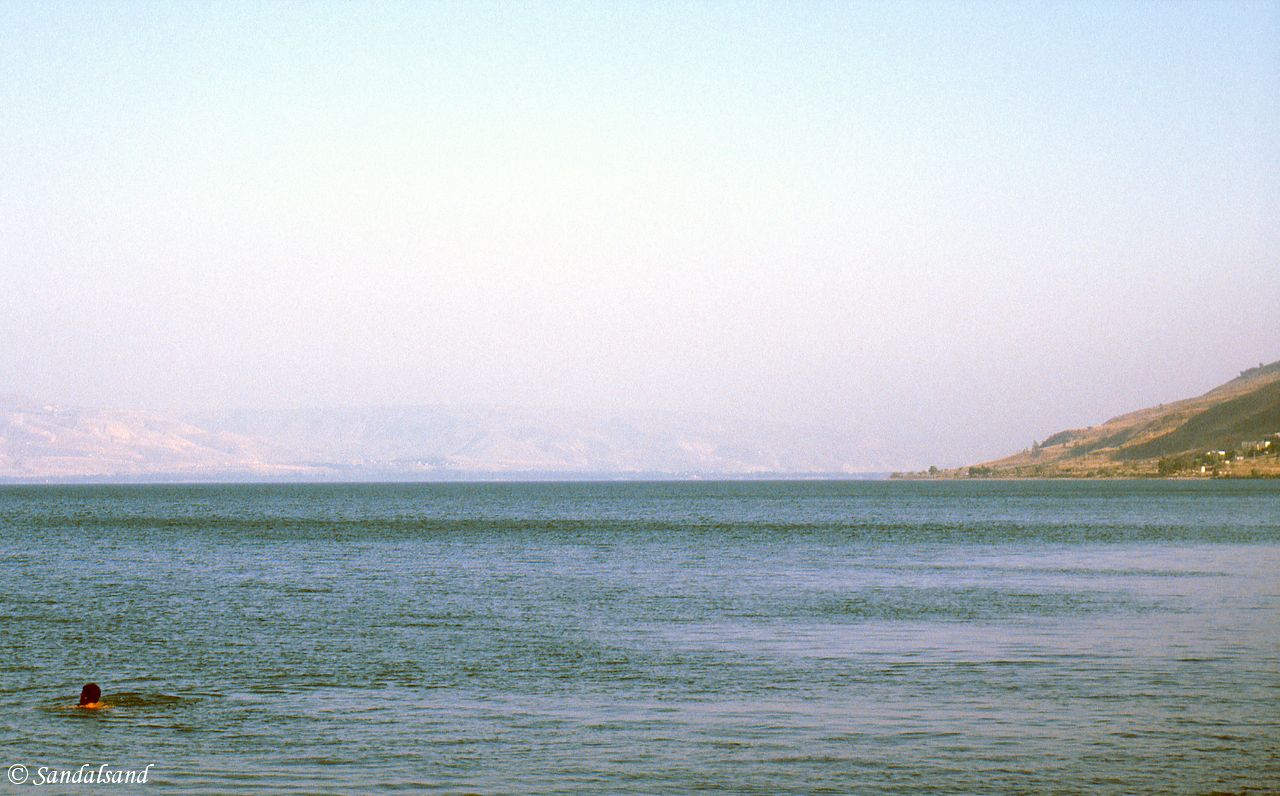
Sea of Galilee – South from Tiberias
7. Dead Sea
Further south on the Jordan River we find this lake, one of the most famous in the world and certainly the lowest lake in the world. Actually if you stand on the shores of this lake, at 427 metres below sea level, you are as deep as you get anywhere on Earth. A piece of warning: Avoid getting water in your eyes when you’re swimming. It is very, very salt.

Swimming in the Dead Sea
8. Calafquén Lake (Chile)
Moving back to South America again we may visit a part of Chile called the Lake District. The scenery at this lake is particularly nice.
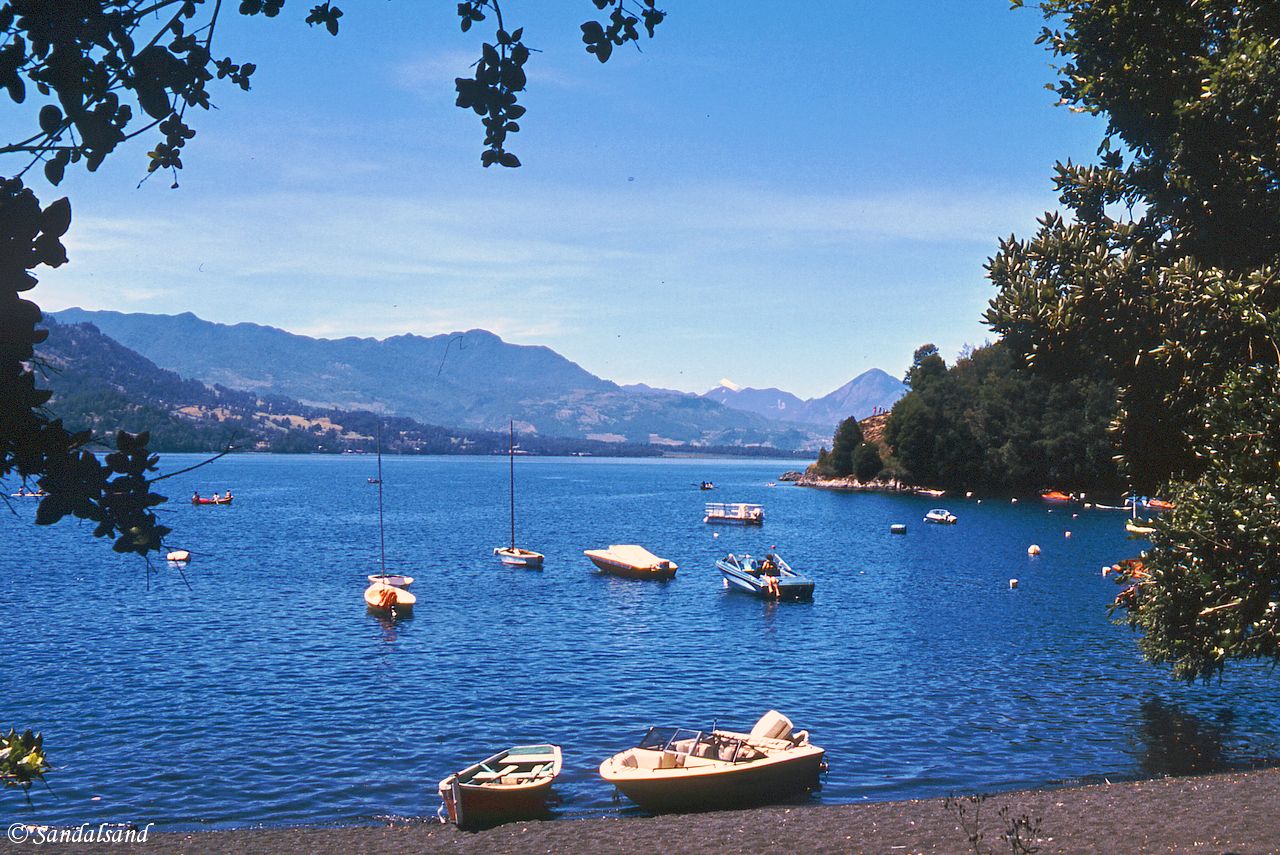
Chile – Lican Ray beach and the Calafquén Lake
Special ones
In addition I have been on the shores of
9. Lake Baikal (Russia)
We are back in Asia, more precisely the southern part of Siberia not far from the Mongolian border. This lake is a World Heritage, and here are more facts: “Lake Baikal is the freshwater lake with greatest volume in the world, containing roughly 20% of the world’s unfrozen surface fresh water, and at 1,642 m (5,387 ft), the deepest. It is also among the clearest of all lakes, and thought to be the world’s oldest lake at 25 million years. It is the seventh-largest lake in the world by surface area” (Wikipedia). That is something!
Baikal Lake
10. Uyuni Salt Lake (Bolivia)
The world’s largest salt flat is seasonally also a lake providing some sort of human life. High on the Bolivian Altiplano (3,656 metres above sea level) this in a extreme case of nothingness.
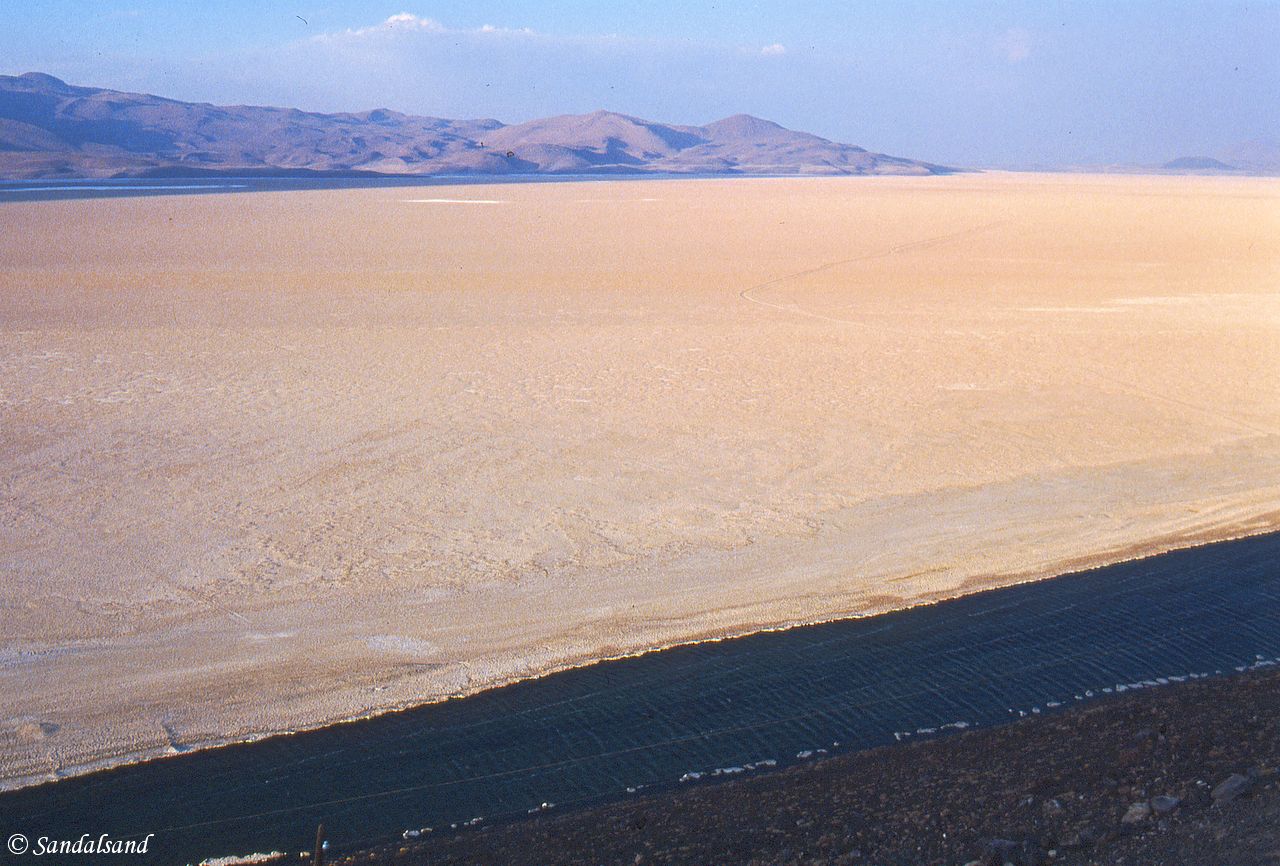
Salar de Uyuni in Bolivia
This is a good list, but there are more to pick from. Wolfgangsee (Germany), Trasimeno and Como (both Italy) for instance. (Lago di Como is the featured image of this blog post.) Browse all images at the bottom of this page. In my numbered list I would however like to finish with a small lake from my own country.
11. Bondhusvatnet (Norway)
On top of the mountains at the far end of this lake there is glacier. During spring (when this picture was taken) and summer the glacier’s ice and snow partly melts and flows into this lake before the crystal clear water graciously flows into the Hardanger fjord.
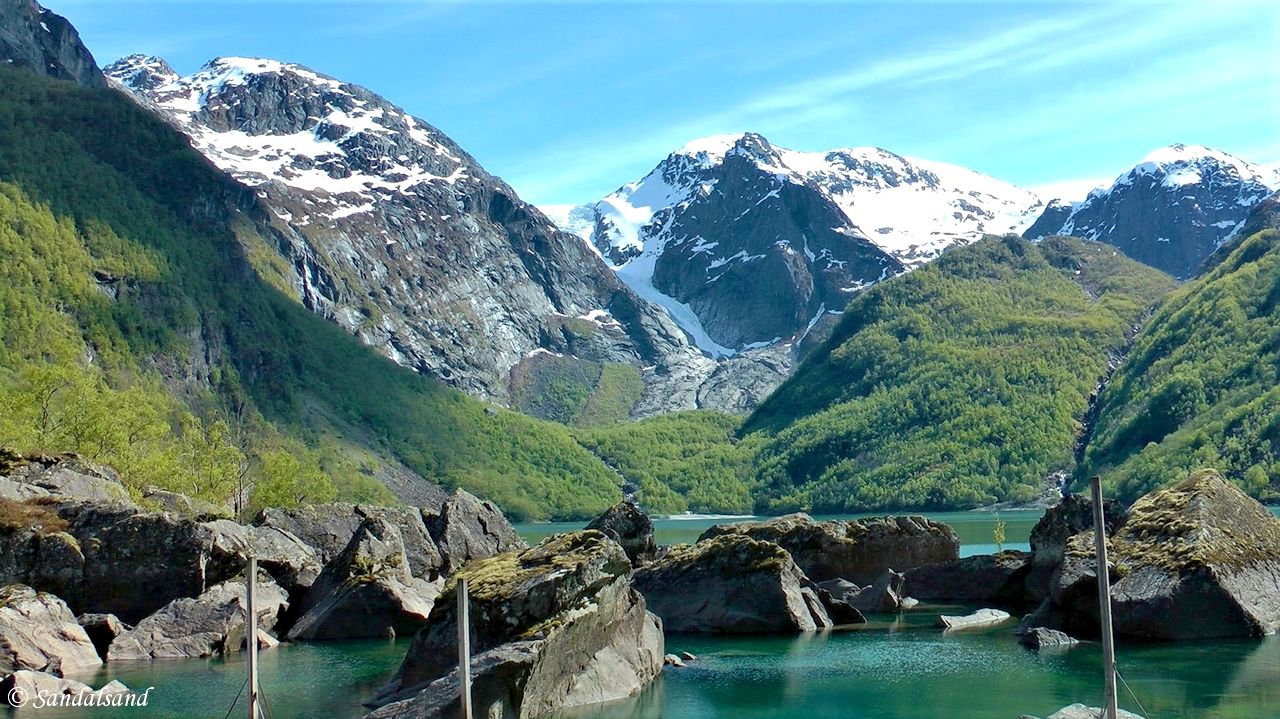
Bondhusvatnet lake and glacier
Further reading
Missing anything? For sure, I’ve had to skip some of my images related to this subject and refrained from mentioning some of my visits. Feel free to search this website for more. In addition, you are surely missing famous places or your own favourites. Chances are I haven’t been there, and I only include my own images and visits in this series.
All articles in this series
(1) Introduction
(2-7) Element: Earth
(8) Element: Fire
(9-14) Element: Water
Here are images tagged “lake” on this website. Click to enlarge and browse.

